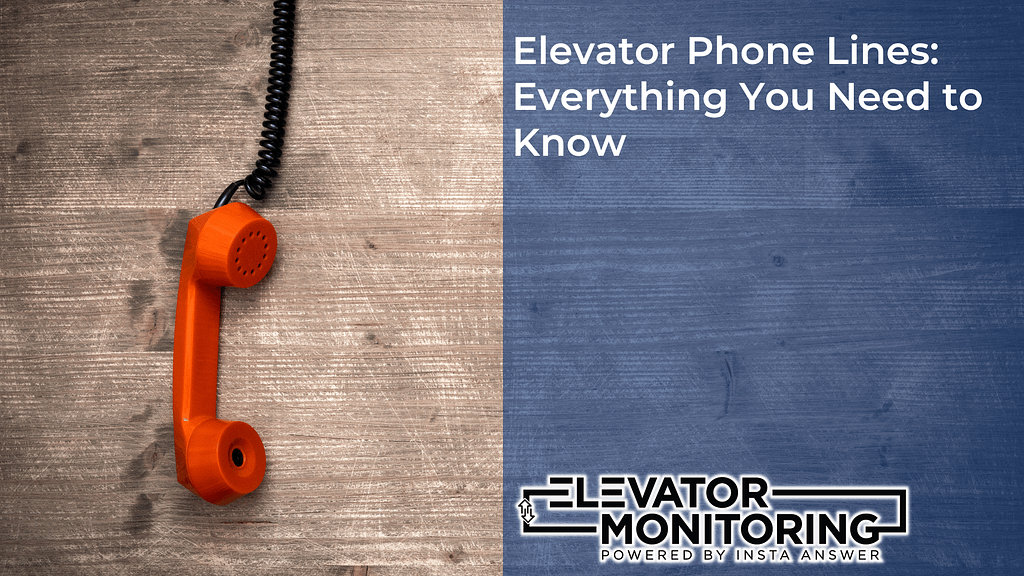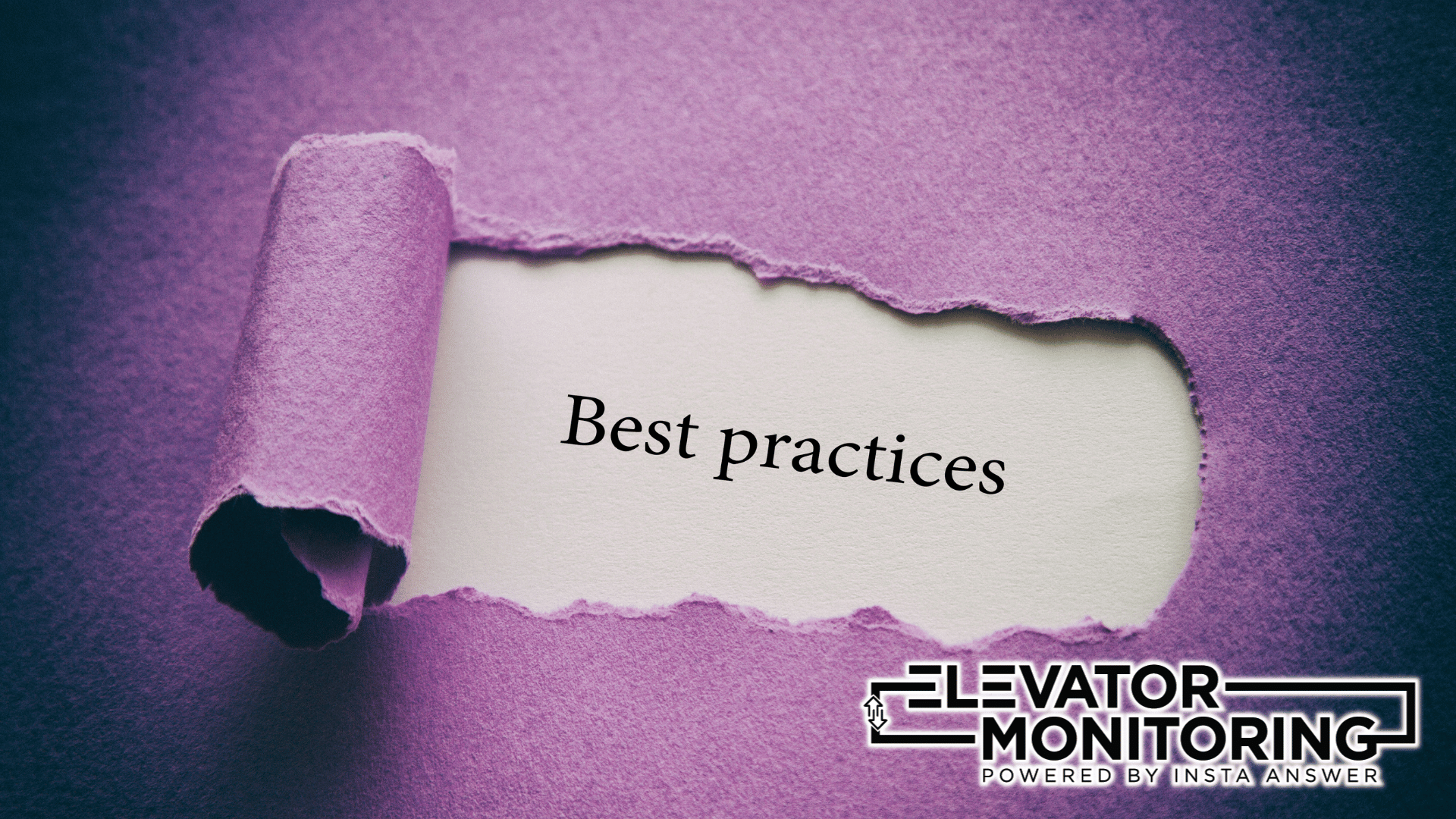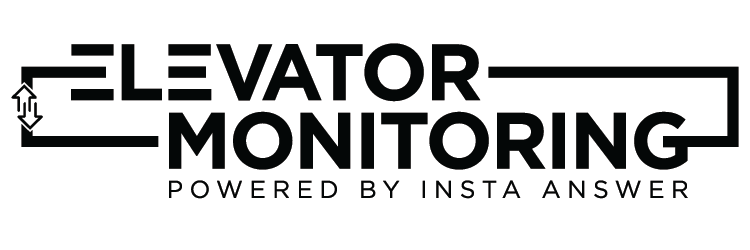Elevator Phone Lines: Everything You Need to Know
Rather listen to the BlogCast for this post instead? Click the red YouTube play button below to hear it now.
Introduction
Imagine being stuck between floors in a high-rise building; the elevator suddenly stops, and panic starts to set in. In that moment, the elevator phone line becomes your lifeline to the outside world. Elevator phone lines are more than just a regulatory requirement—they are essential for passenger safety and peace of mind. With over one million elevators operating in the United States alone, understanding the importance of these communication systems is crucial for building owners, property managers, and tenants alike.
In this comprehensive guide, we’ll dive deep into what elevator phone lines are, how they work, their integration with surveillance systems, installation processes, costs, and the myriad of benefits they offer. By the end, you’ll have a thorough understanding of elevator phone lines and how they play a pivotal role in enhancing passenger safety and compliance.
What Are Elevator Phone Lines?
Elevator phone lines are dedicated communication systems installed within elevator cabs, allowing passengers to connect directly with emergency services or a monitoring center. According to the ASME A17.1 Safety Code for Elevators and Escalators, every elevator must have an operational communication system. These lines are designed to function even during power outages, thanks to backup power sources, ensuring that help is always just a button press away.
Typically, these systems are connected to a landline, cellular network, or VoIP service. When a passenger activates the emergency button, the elevator phone line automatically dials a pre-set number, facilitating immediate assistance. Some advanced systems even provide automatic location identification, so responders know exactly where help is needed.
The Importance of Elevator Phone Lines
You might wonder, “How often do elevator emergencies really happen?” Surprisingly, the U.S. Bureau of Labor Statistics reports approximately 30 fatalities and 17,000 serious injuries related to elevators and escalators each year in the U.S.. Elevator phone lines are not just a formality; they’re a critical safety feature that can significantly reduce response times during emergencies, potentially saving lives.
Furthermore, these communication systems enhance passenger confidence. A survey by Buildings.com found that 75% of tenants consider safety features like elevator phones when evaluating building amenities. In other words, a reliable elevator phone line isn’t just good for safety—it’s good for business.
How Elevator Phone Lines Work
At their core, elevator phone lines serve as a direct link between passengers and assistance. When the emergency button is pressed, the system uses the dedicated phone line to contact a monitoring center or emergency services. Compliance with the Americans with Disabilities Act (ADA) requires these systems to support two-way communication and include features like visual indicators for the hearing impaired.
Advanced elevator phone systems may also incorporate Automatic Number Identification (ANI) and Automatic Location Identification (ALI). This technology ensures that responders receive precise information about the elevator’s location within the building, which is especially crucial in complexes with multiple elevators.
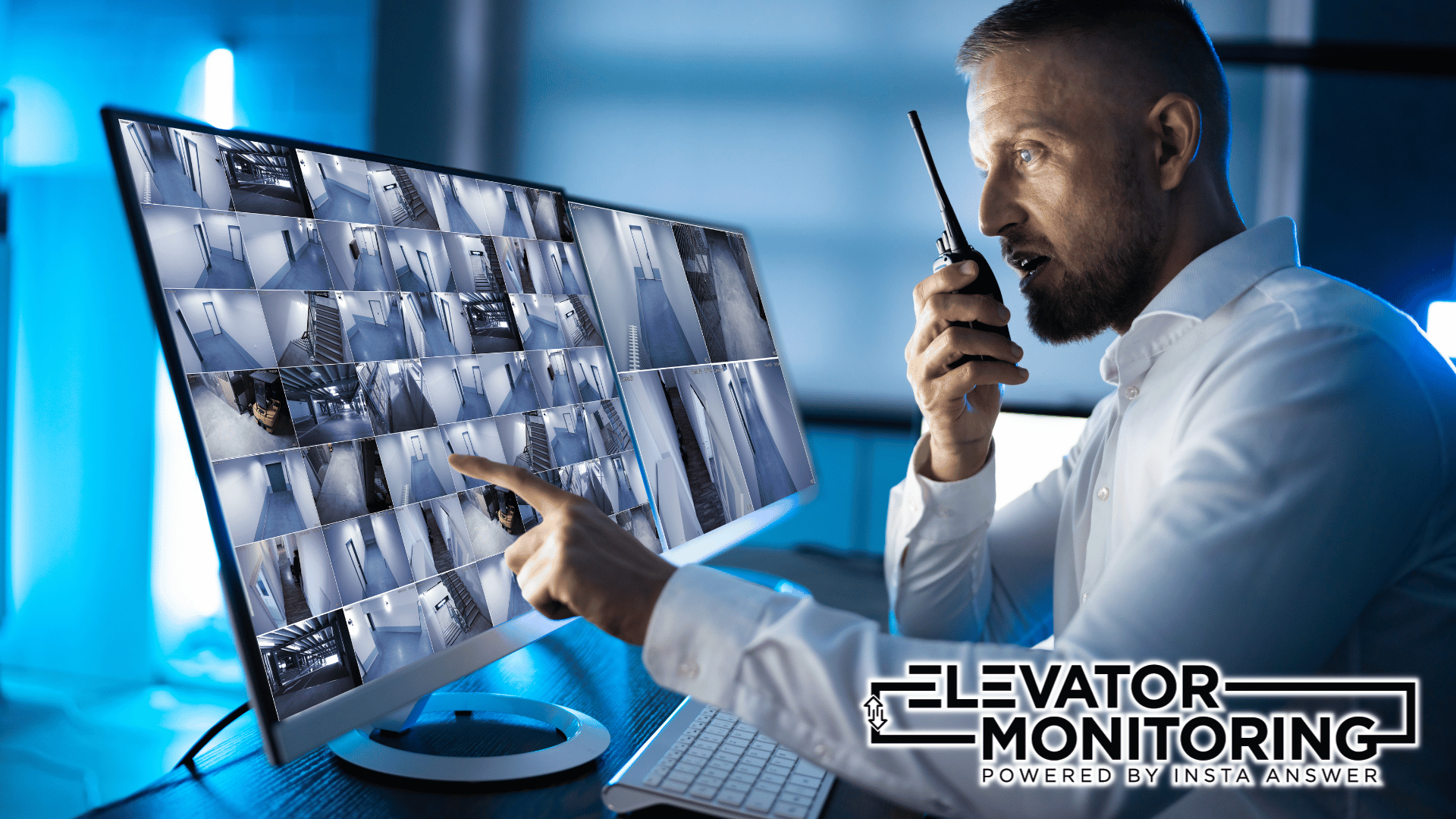
Integration with Surveillance and Monitoring Systems
Integrating elevator phone lines with surveillance and monitoring systems can significantly enhance safety. A study published in Security Magazine revealed that facilities combining audio and video monitoring experience a 30% faster response time during emergencies. By having real-time video alongside communication, monitoring centers can assess situations more accurately.
For instance, if a passenger is unresponsive over the phone line, video surveillance can help determine whether they’re unconscious or experiencing a medical emergency. This integrated approach allows for a more effective and immediate response, potentially saving lives.
Benefits of Elevator Phone Lines for Passengers
From a passenger’s perspective, knowing that help is readily accessible can ease anxiety during an elevator malfunction. The National Elevator Safety Awareness Program emphasizes that immediate access to help can decrease panic-induced injuries by up to 20%. Elevator phone lines provide that crucial connection to the outside world when it’s needed most.
Moreover, these systems are accessible to everyone, including individuals with disabilities. Features like hands-free operation, braille instructions, and visual indicators ensure compliance with ADA standards and make the elevator experience safer for all passengers.

Benefits for Landlords and Property Managers
For landlords and property managers, elevator phone lines are a vital component of building safety and liability management. Non-compliance with safety codes can result in fines ranging from $500 to $10,000, depending on local regulations. Beyond avoiding penalties, a well-maintained elevator communication system can lower insurance premiums. Some insurance providers offer discounts of up to 15% for buildings that exceed basic safety requirements.
Additionally, a reputation for safety can be a significant selling point. In competitive real estate markets, enhanced safety features can differentiate your property, attract tenants, and justify higher rental rates.
Regulatory Requirements and Compliance
Compliance isn’t just about avoiding fines; it’s about ensuring the safety of everyone who uses your elevators. Key regulations include:
- ASME A17.1 Safety Code: Requires operational communication systems in all elevators.
- Americans with Disabilities Act (ADA): Mandates two-way communication systems accessible to individuals with disabilities.
Regular Testing: Some states require elevator communication systems to be tested every 72 hours.
Failure to meet these standards can lead to severe legal consequences and increased liability in the event of an accident. Staying up-to-date with regulatory changes is essential for maintaining compliance.
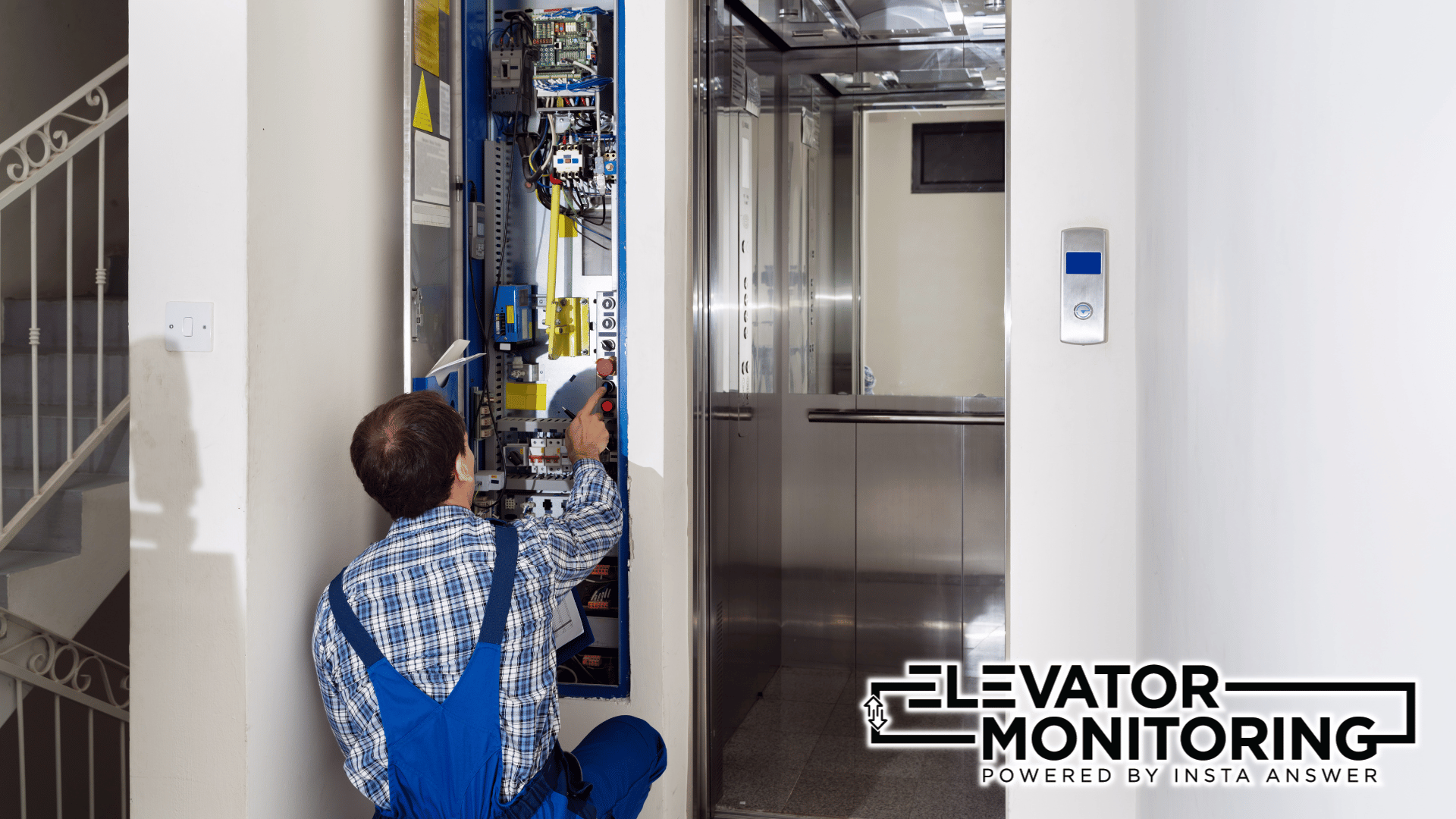
Installation of Elevator Phone Lines
Installing elevator phone lines is a specialized task that should be handled by professionals. The installation process typically involves:
- Assessment: Evaluating the building’s infrastructure and determining the best communication solution—whether it’s a traditional landline, cellular network, or VoIP system.
- Integration: Ensuring compatibility with existing elevator controls and surveillance systems.
- Compliance Checks: Verifying that all components meet regulatory standards.
Interestingly, Elevator World Magazine notes that switching to cellular or VoIP technologies can reduce installation time by 25% and offer more reliable service.
Expected Costs and Budget Considerations
Understanding the costs involved with installing an elevator phone line helps in budgeting and financial planning. Here’s a breakdown:
- Installation Costs: Approximately $200 to $600 per elevator, depending on the technology and complexity.
- Monthly Monitoring Fees: Typically between $50 and $100 per line.
- Maintenance and Testing: An annual cost of $300 to $500 per elevator for regular inspections and upkeep.
While the initial investment might seem substantial, consider the potential costs of non-compliance, legal liabilities, and reputational damage that could result from inadequate safety measures.
Choosing the Right Elevator Phone Line Provider
Selecting a reliable provider is crucial for ensuring system effectiveness and compliance. Here are some factors to consider:
- Experience and Reputation: Look for providers with at least 10 years in the industry and positive customer testimonials.
- Regulatory Knowledge: Ensure they are well-versed in both ASME and ADA requirements.
- Technology Solutions: Opt for providers that offer modern systems with features like remote video monitoring and automatic testing.
Don’t hesitate to request references or case studies. A reputable provider will be transparent about their track record and capabilities.
Best Practices in Elevator Communication Systems
Implementing best practices can enhance safety and potentially reduce costs:
- Regular Testing: Conduct monthly tests as recommended by the National Elevator Industry Educational Program. Automated testing features can simplify this process.
- Redundancy: Utilize backup systems like cellular connections to ensure continuous operation, even if the primary line fails.
- Staff Training: Educate your team on how to respond to elevator emergencies to improve response times and passenger assistance.
Adhering to these practices can lead to annual maintenance cost savings of 10-15%.
Real-Life Scenario: The Difference a Phone Line Makes
Consider this real-life incident: In 2019, a woman in Chicago was trapped in an elevator for three hours because of a mechanical failure. Fortunately, she was able to use the elevator phone line to contact emergency services, leading to a safe rescue. Without that crucial communication link, the outcome could have been far worse, highlighting the importance of reliable elevator phone lines.
Enhancing Passenger Safety with Professional Services
Professional elevator communication services offer 24/7 monitoring and rapid emergency response. According to the Building Owners and Managers Association (BOMA), buildings utilizing professional monitoring services experience a 40% faster emergency resolution rate.
These services not only ensure compliance but also provide peace of mind. With experts handling the monitoring and maintenance, you can focus on other aspects of property management, knowing that passenger safety is in expert hands.
Conclusion
Elevator phone lines are a critical, yet often overlooked, component of building safety. They provide an immediate lifeline during emergencies, enhance passenger confidence, and help property owners avoid legal and financial pitfalls.
By understanding how elevator phone lines work, their benefits, and the importance of professional installation and monitoring, you can make informed decisions that enhance safety and compliance. Remember, investing in quality elevator communication systems is not just a regulatory requirement—it’s a commitment to the well-being of everyone who steps into your elevators.
Partner with ElevatorMonitoring.net Powered by Insta Answer
With over 53 years of experience, ElevatorMonitoring.net Powered by Insta Answer is dedicated to ensuring your elevators are as safe and reliable as possible. Our expertise in elevator phone lines and communication systems means we can provide tailored solutions that meet all regulatory standards and your specific needs. To enhance passenger safety and gain peace of mind, contact us at 1-877-631-9711 or email [email protected]. Let’s elevate your building’s safety together.

